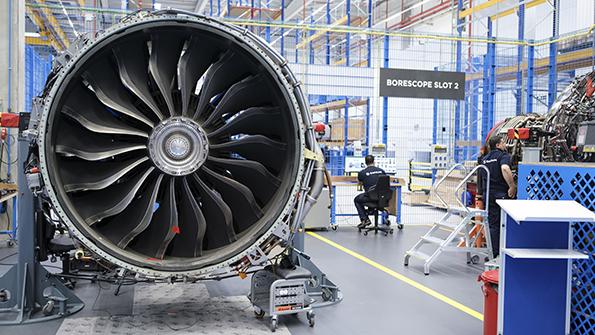
Safran has grown its team that works with suppliers on short-to-medium-term demand by 50%.
Credit: Thierry Monasse/Getty Images
“Permacrisis” is a neologism created to reflect how a series of crises—climate change, COVID-19, the war in Ukraine, energy price inflation and mushrooming geopolitical tensions, among others—has created a state of unending crisis. Airframers and engine manufacturers, especially in Europe, are...
European OEMs Reconsider Supply Chain Strategies is available to both Aviation Week & Space Technology and AWIN subscribers.
Subscribe now to read this content, plus receive critical analysis into emerging trends, technological advancements, operational best practices and continuous updates to policy, requirements and budgets.
Already a subscriber to AW&ST or AWIN? Log in with your existing email and password.





